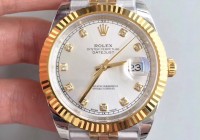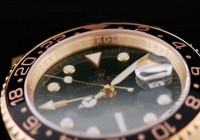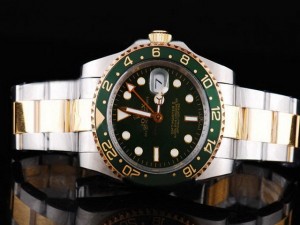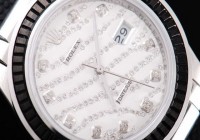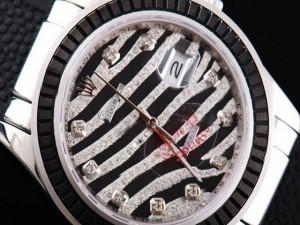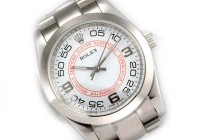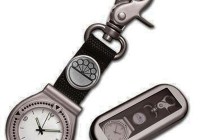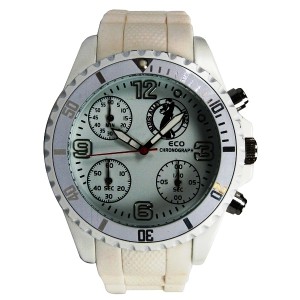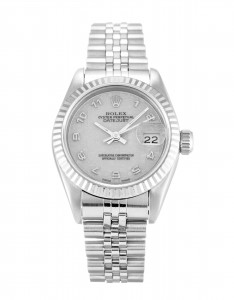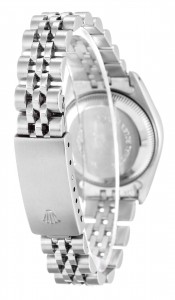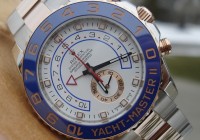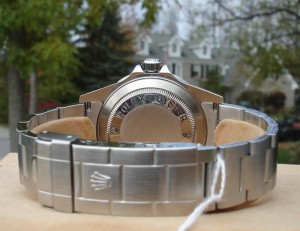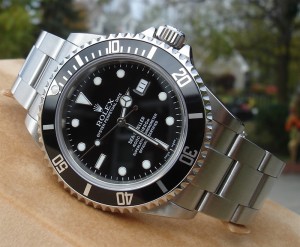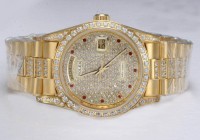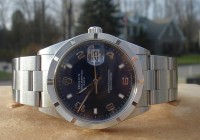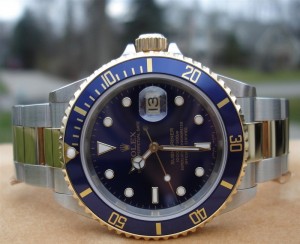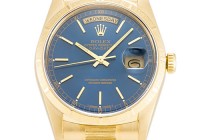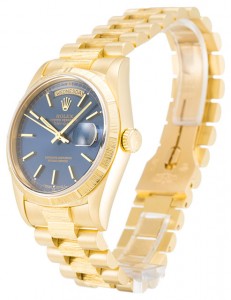Why compare the Submariner and Datejust?
On the surface, comparing the Rolex Submariner with the Rolex Datejust seems to make little sense. One is made for underwater adventurers, the other adorns the wrist of successful businessmen as they seek to be one. However, that’s just from a historical perspective.
They are two of the oldest names in the replica Rolex catalog, yet their original purpose and audience have evolved over the years, as have the watches themselves. Yes, the Submariner remains one of the industry’s most rugged and powerful dive watches, but you see more of them on the average boardroom table than you do on the sleeve of a wetsuit.
Rolex’s design motto is based on the fact that their watches have a universal style that blends in with any situation. You can find this throughout the product line, especially in those pieces conceived in the mid-20th century. However, apart from the timeless visuals, the biggest difference between them is that one has a rotating bezel that can work more deeply underwater than the other.
With this in mind, for most people, the Submariner’s talent is almost irrelevant. The sizable investment required to secure one is usually enough to prevent the owner from risking its original finish on a Submarine.
It is important to understand each watch in the context of the larger watch industry in the era in which Rolex created it. Despite being launched less than a decade apart, the driving factors behind the Submariner and Datejust are actually very different.
Over the years, the Rolex Submariner has transformed from a tool watch to a status symbol, and Rolex has continued to add additional aesthetic options to the Submariner line as it firmly positions itself as a luxury product through and through. While the Rolex Submariner replica watches sell today are more refined and luxurious than the first models, they are still incredibly professional dive watches that are the absolute leader in their category.
In contrast, the Rolex Datejust was created at a time when there was no real concept of a dedicated tool watch. Rolex’s first sports watch was the Explorer, which did not appear until 1953. When Rolex introduced the Datejust in 1945, most people did not own more than one watch, and whatever watch they did own needed to be reliable and versatile enough to be worn every day and with a variety of different outfits and clothing.
